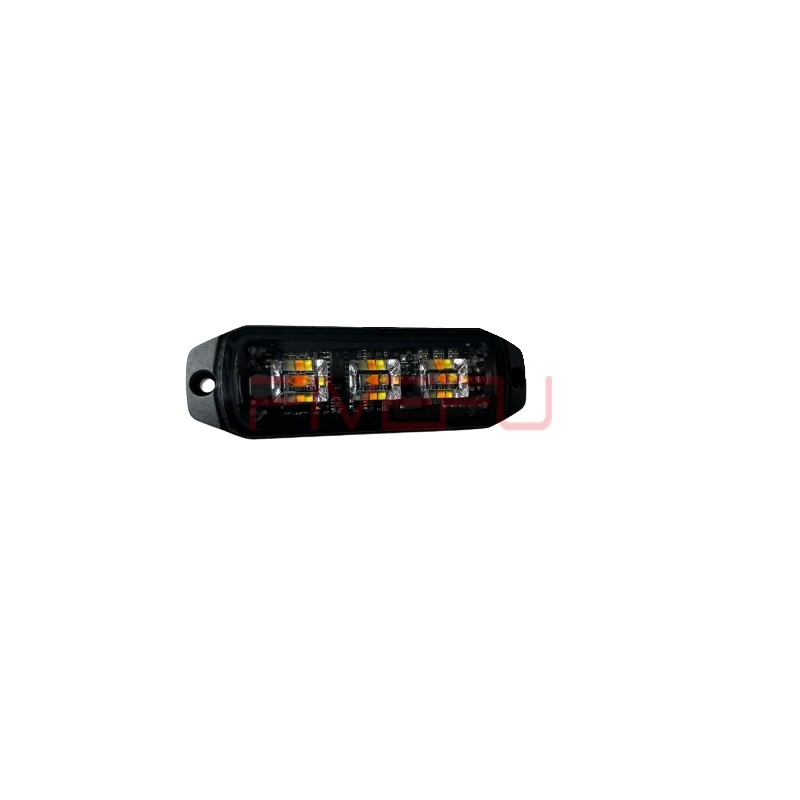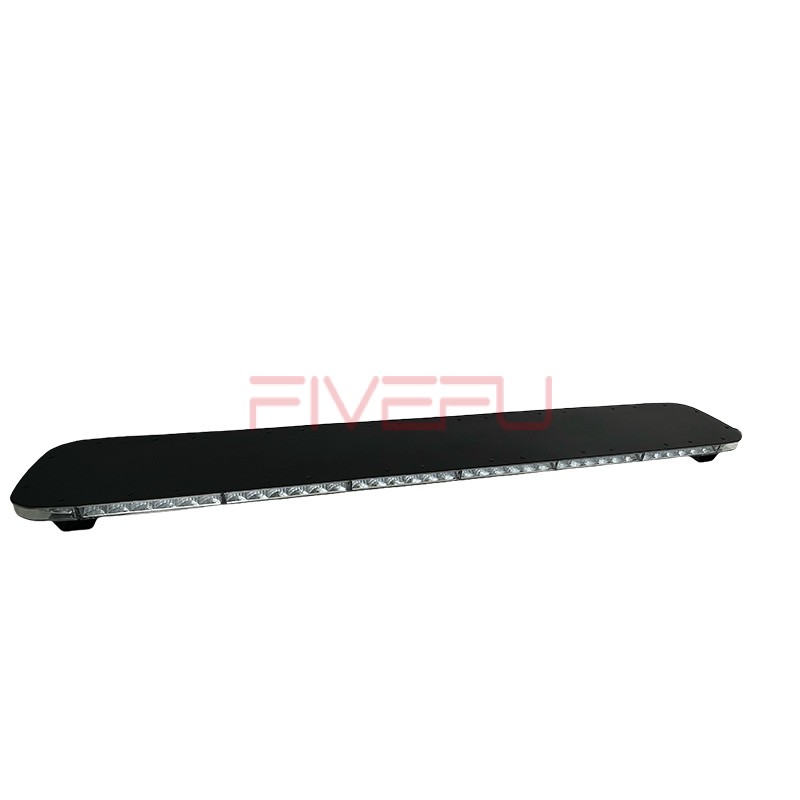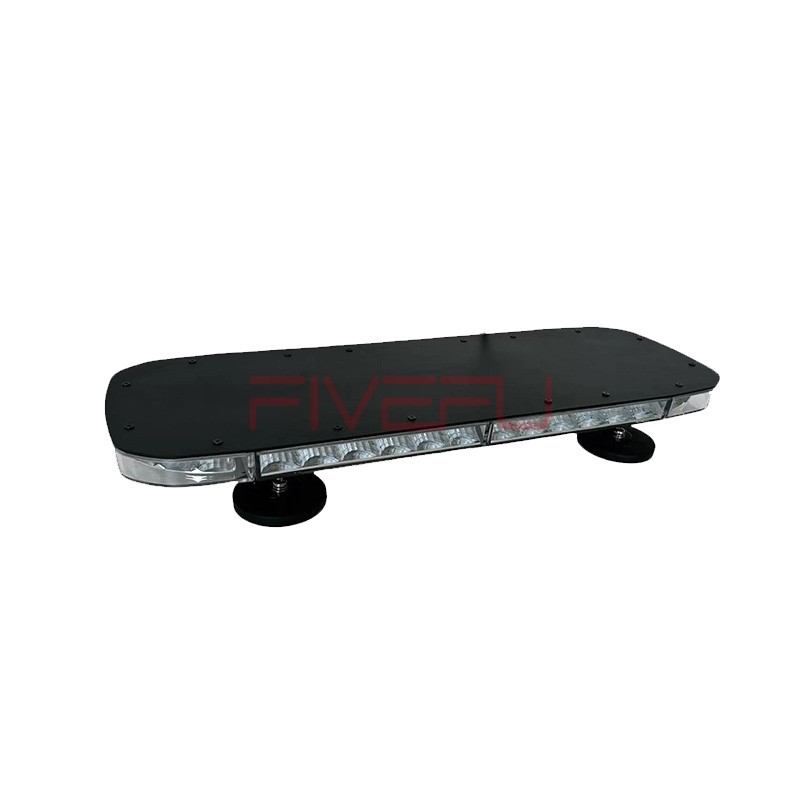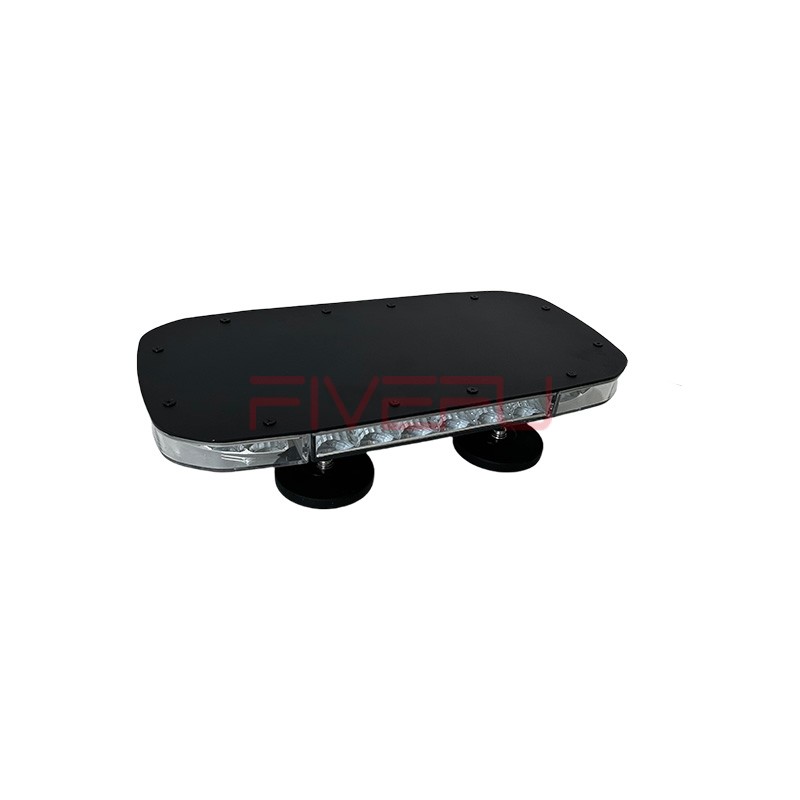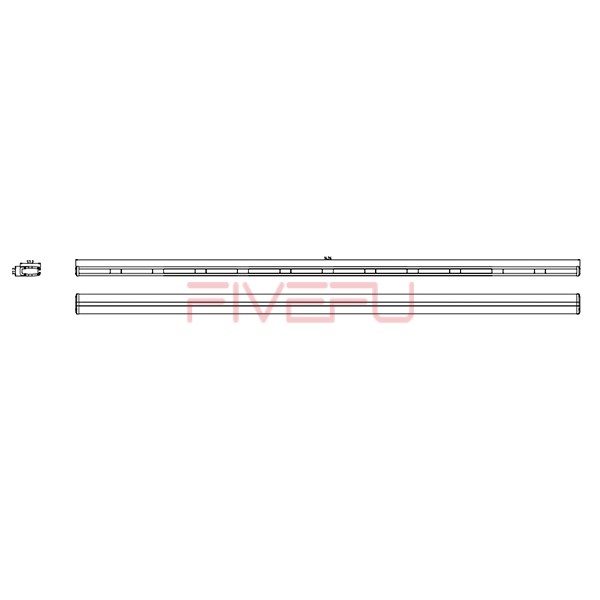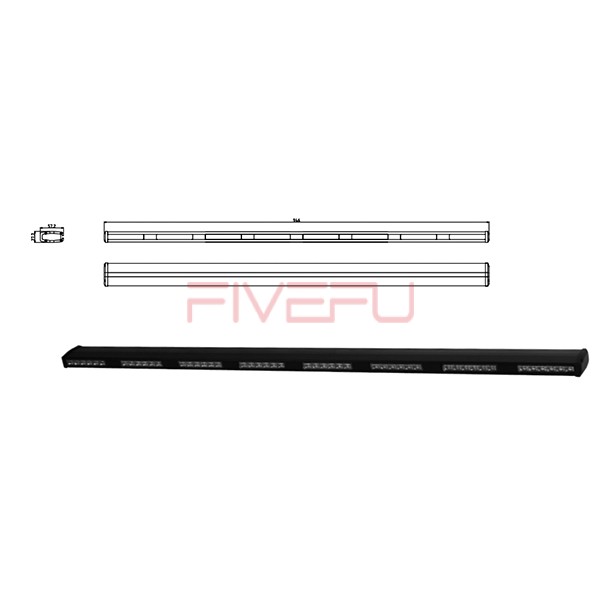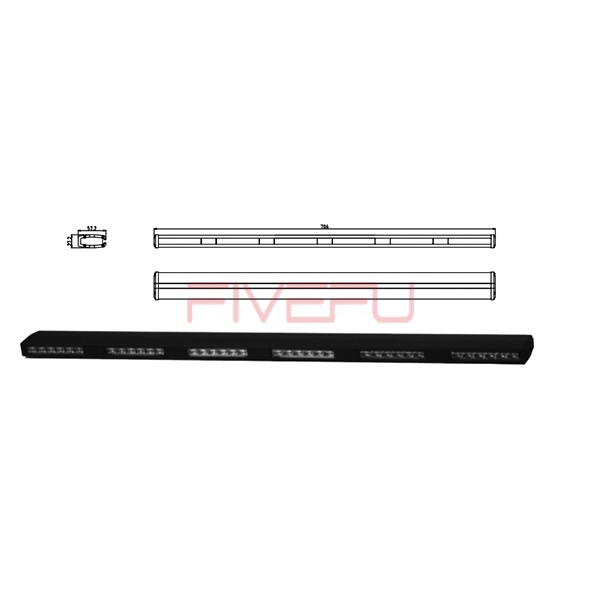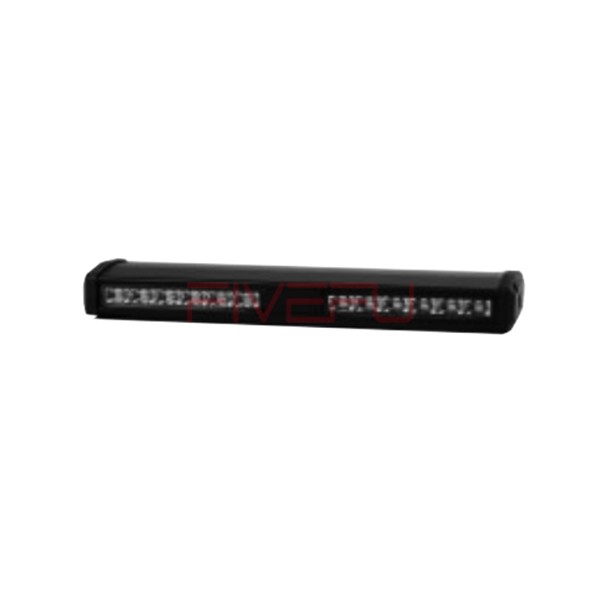LED lights are revolutionizing the lighting industry by offering greater energy efficiency, longer lifespans, and versatility. Without them, we would still be stuck with less-efficient lighting options that waste energy. The solution is to switch to LED lights, which save money, improve lighting quality, and reduce environmental impact.
LED lights are used across various industries and applications due to their energy efficiency, durability, and flexibility. From homes to industries, they offer superior lighting solutions.
Are you curious about how LED lights work and why they’re so widely used? Keep reading to discover the many applications and advantages of LED lighting.
What Are LED Lights?
LED lights (Light Emitting Diodes) are a type of lighting that uses semiconductor technology to produce light. Unlike traditional incandescent bulbs, LEDs convert electrical energy directly into light, making them highly energy-efficient and long-lasting. LEDs emit less heat, have better color rendering, and are available in a wide range of colors and designs.
Benefits of LED Lighting
One of the primary benefits of LED lights is their energy efficiency. LEDs use significantly less energy than incandescent or halogen bulbs while producing the same amount of light. This energy savings translates into lower electricity bills, making them an eco-friendly and cost-effective choice.
Additionally, LEDs have a much longer lifespan compared to traditional bulbs. They can last up to 25,000 hours, significantly reducing the frequency of bulb replacements. Their low heat emission also makes them safer and reduces the risk of fires.
Common Applications of LED Lights
LED lights are used in a wide variety of applications, from residential lighting to commercial and industrial environments. In homes, LEDs are commonly used for lighting rooms, kitchens, and outdoor spaces. They are also popular for use in decorative lighting, such as Christmas lights and mood lighting.
In commercial settings, LED lights are often used in offices, retail stores, and factories. Their energy efficiency helps businesses reduce costs, and their long lifespan ensures minimal maintenance. Additionally, many public spaces, such as streetlights and stadiums, are now transitioning to LED lighting to enhance visibility and reduce energy consumption.
LED Lights in Automotive Industry
LED lights have become increasingly common in the automotive industry. They are used for headlights, tail lights, and interior lighting. LEDs offer improved visibility, energy efficiency, and a longer lifespan compared to traditional halogen bulbs, making them an attractive choice for both vehicle manufacturers and drivers.
LED headlights are brighter and have a more focused beam, improving road safety for both the driver and other vehicles on the road. In addition, LED lights are more durable and resistant to vibration, making them ideal for use in vehicles.
How LED Lights Contribute to Environmental Sustainability
One of the key advantages of LED lights is their positive impact on the environment. Because they use less energy, they help reduce carbon emissions. The longer lifespan of LEDs also contributes to reduced waste, as fewer bulbs need to be disposed of over time. Moreover, LEDs do not contain hazardous materials like mercury, which is found in some traditional bulbs, making them easier to recycle.
Conclusion
LED lights offer significant advantages in terms of energy efficiency, lifespan, and environmental sustainability. Their widespread use in various industries makes them the future of lighting technology.
